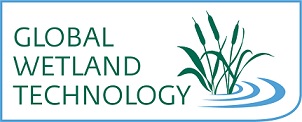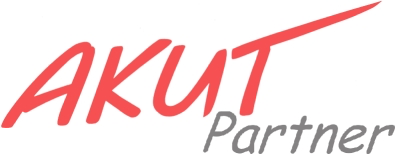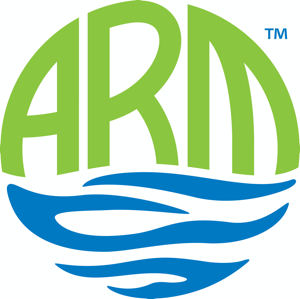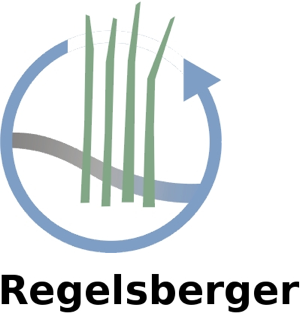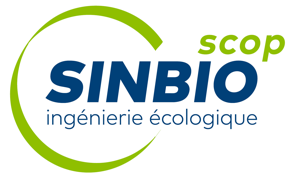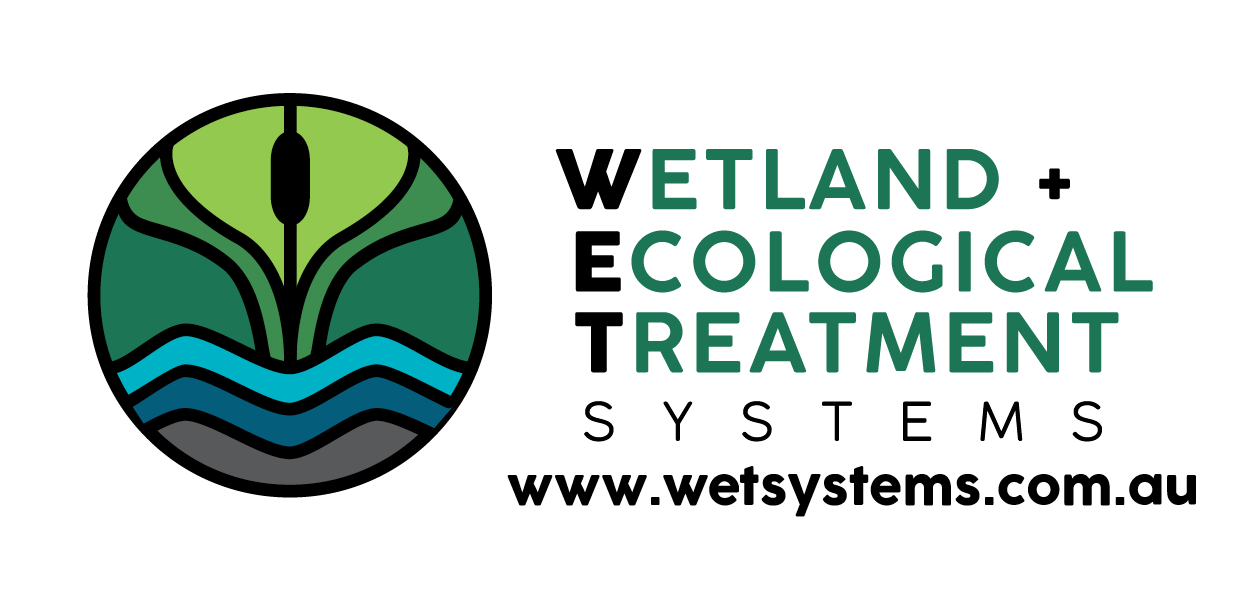Additional Info
- In operation since: 2017
- Type of wastewater treated: domestic (office)
- Hydraulic load: 40 m3/d
- Organic load (PE): 250 PEeq
- Location: Nova Lima, Brazil
- Client: VALE S.A.; Brazilian Mine Company
- Pre-treatment: Septic Tanks
- Stage 1 type: Intensified Wetland
- Stage 1 surface area (m²): 225 m² (15 m x 15 m), gravel bed, saturated y aerated in intervals controlled by automatization
- Stage 2 type: Horizontal flow,
- Stage 2 surface area (m²): 225 m² (15 m x 15 m), gravel bed, fully saturated
Needs: The large area of the administrative center of the mining company is not attended by municipal sewer network and the existent septic tanks need an upgrade. Daily and hourly wastewater volumes and concentrations vary drastically; as it is known from many decentralized situations, depending on the activities during the days, holiday periods and so on. The company was searching for an appropriate treatment technology, which also offer the option to reuse treated wastewater for irrigation of green areas. Beside the aim to meet Brazilian standards for wastewater treatment, the company wanted to set an example for a modern eco-friendly technology that guarantees stable efficiency by relatively little maintenance efforts and costs.
Solution: Offering a turn key project, Rotária do Brasil adopted an existing project of two horizontal flow gravel filter beds by transformation of the first filter into an aerated wetland in order to increase treatment efficiency and capacity. The treated effluent goes to an artificial lagoon, which provides irrigation water for the dry season (Brazilian winter time). In periods of low use, this water is discharged to a watercourse. A bypass was installed allowing recirculation in case of lower inflow rate and longer time of water storage.
Benefits: The treatment performance of the system exceeded the high expectations: already in the first month COD is removed with more than 90% efficiency; total nitrogen is reduced by more than 75% (relativly high Nitrogen concentration of more than 120 mg TKN in effluent of Septic tanks) and Phosphorous by 60%. The main treatment process is already completed in the first stage, the aerated wetland. Up to now the horizontal flow wetland as second stage only fulfills a control and security function. The very clear treated water can be chlorinated and reused without any risks.

